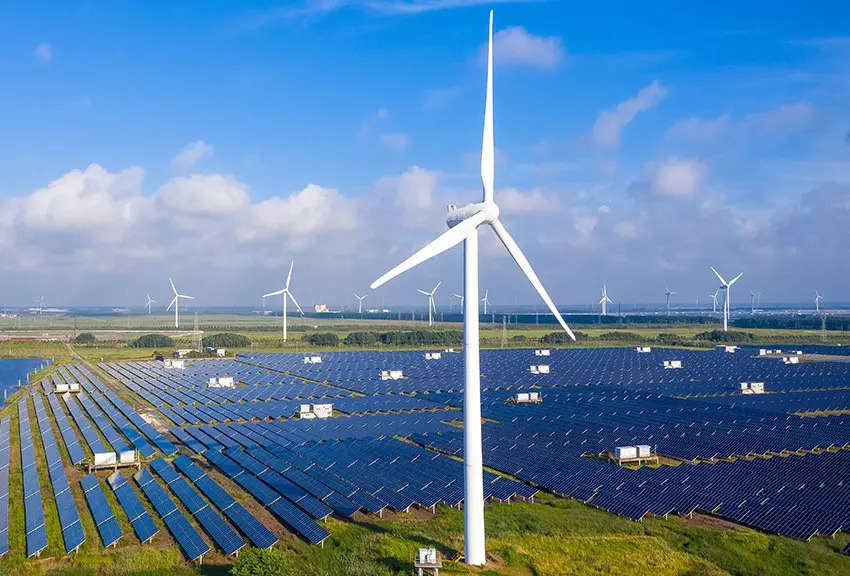
The Japanese arm of British energy supplier Octopus Energy aims to add more renewable energy to its supply mix because it provides a more stable purchasing price compared with the liquefied natural gas it now relies on, its local head said.
Octopus Energy entered the Japanese market in late 2020, launching a joint venture with the country’s leading energy company Tokyo Gas, and the venture now has around 160,000 customers.
To provide power to Japanese households, Octopus Energy currently relies on Tokyo Gas for electricity, and nearly 80% of that comes from LNG-fired power generation, Hajime Nakamura, the chief executive of TG Octopus Energy in Japan, told Reuters.
“We want to expand our direct access to renewable power as a source of our electricity,” he said, noting that the price of power from renewable energy is more stable than that derived from fossil fuel sources.
“We want to look into more PPAs (power purchase agreements) with renewable energy sources going forward.”
Last week, Octopus Energy’s generation arm invested in Japanese solar power developer Yotsuya Capital, and Nakamura believes offshore wind power could also be added to Octopus’ procurement portfolio via partnerships with offshore wind suppliers.
“In terms of the renewable energy currently developed in Japan, the majority is solar … so solar is the most easily accessible power generation at this time,” he said.
“But going forward, we expect offshore wind power development will accelerate, so our potential future deals (for sourcing power) will obviously be offshore wind power.”
Octopus Energy does not plan to take part in Japan’s public auctions for offshore wind power projects as it is focusing on supplying power rather than producing it, Nakamura said.
Tokyo Gas also provides the joint venture with working capital which covers the acquisition costs of attracting new clients – something Nakamura said should change when the number of customers reaches 1 million, a target set for 2026.
“Once our customer base reaches 1 million, we will be able to make our business profitable,” he said, noting that the profit margins from existing customers would then exceed acquisition costs and the venture would be able to start repaying its loans to Tokyo Gas.
He declined to say how much working capital it had received from Tokyo Gas.

